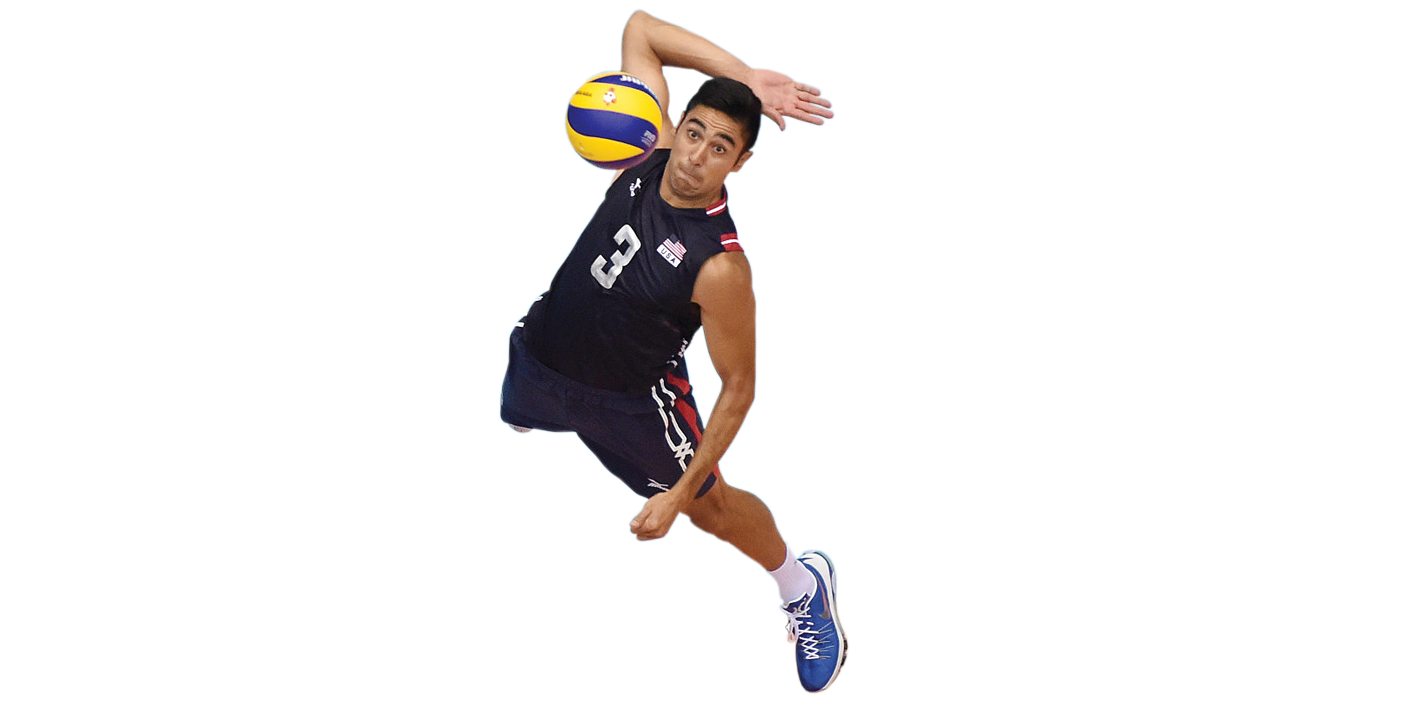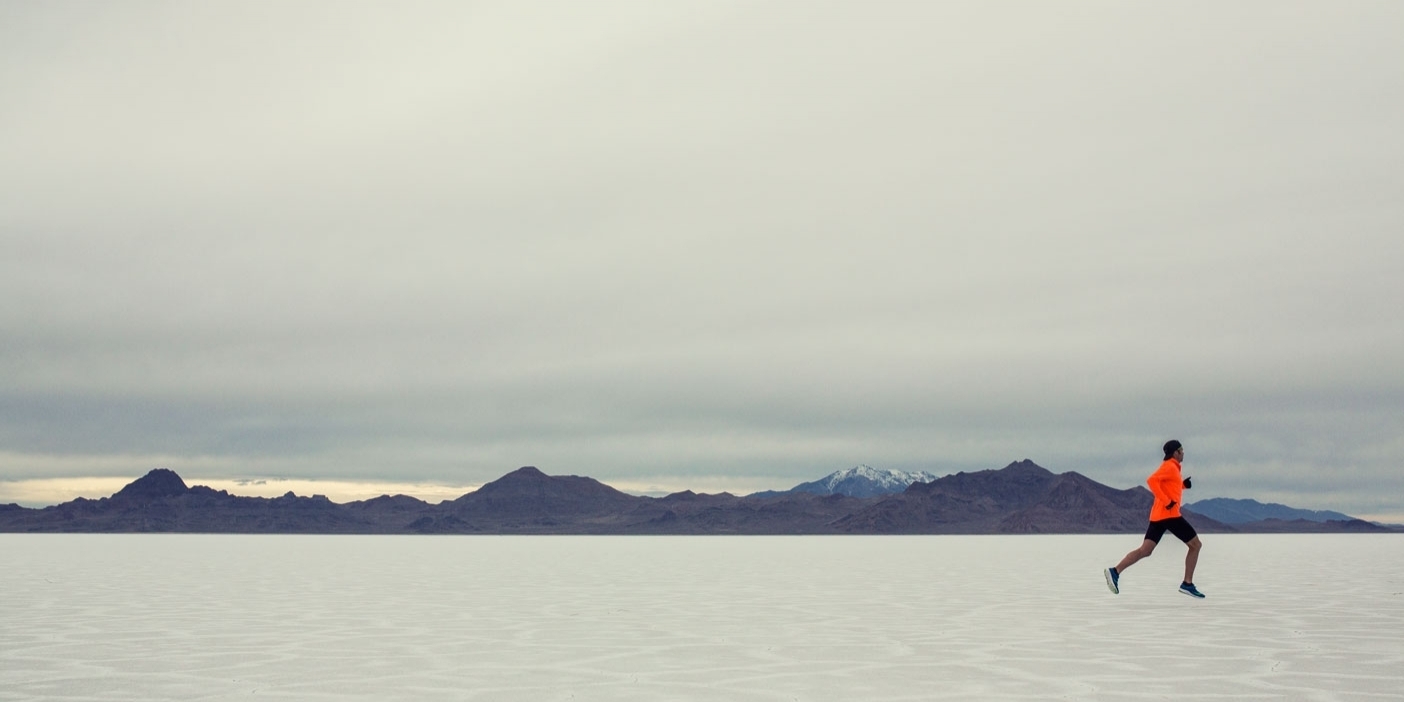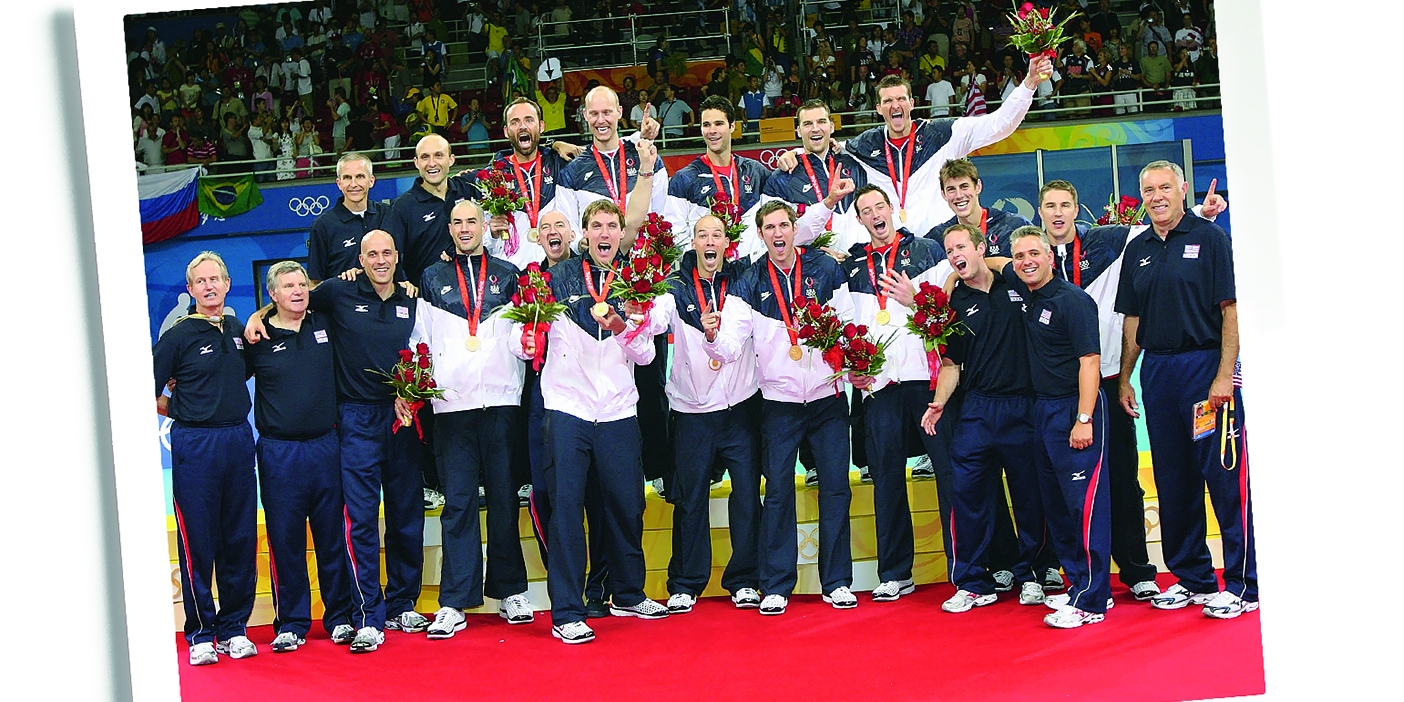National champion Kate Hansen slides toward Sochi in her quest for the Olympics.
The air is crisp, the ice is smooth, and the crowd is buzzing at the Olympic Park in Park City, Utah. Over a loudspeaker, an announcer introduces the next run at the October luge World Cup seeding race. Up at the start, Kate Hansen (’17) lies down on her sled and grips the ice with her spiked gloves to push off. Within seconds she is halfway down the track, a 75 mile-per-hour yellowish blur.
With a recently broken foot (from a crash three days after she won the national championship), Hansen isn’t expected to place today; in a sport where you steer with your ankles and tiny movements are pivotal, she’s hoping just to finish her runs. The course is nearly three-quarters of a mile long, but it takes her less than 45 seconds to get down. Improving her first-run time by three tenths of a second—an unheard of margin in luge—Hansen and her throbbing foot take first place, earning a place on this season’s U.S. World Cup Circuit team alongside other Olympic hopefuls.
Hansen, a Southern California surfer girl, got her start at age 10 when she was recruited for a luge camp in Lake Placid, N.Y. After winning the Junior National Championship at 14, Hansen was invited to compete across Europe. Her mom gave conditional permission: “I said, ‘Okay, but there’s three things: you have to keep your standards, you have to keep your schoolwork up, and you have to get your seminary done,’” remembers Kathie Hales Hansen (’83). During Hansen’s free time on the road, she would do homework and listen to recordings of seminary lessons.
At one point, tired of missing high school basketball and dances, Hansen decided she was going to quit at the end of the season. “She won every single race after that,” her mom recalls, including the Junior World Championship. Hansen was the youngest American to win at that level. “She’s this 15-year-old petite thing with braces, standing next to German girls who were like 20,” recalls Kathie.
Now Hansen is a key component of Team USA. “[The team lives] at the Olympic training center in Lake Placid all summer,” says Hansen. “Once the season comes, we hop from town to town in Europe competing. It’s like a big traveling circus.” Hansen is usually the center of the party. She hauls her ukulele wherever she goes and makes YouTube music videos to commemorate each circuit. “If you’re going to have pictures of you in a spandex bodysuit plastered everywhere, you can’t be shy,” jokes her brother Christian L. Hansen (BA ’10).
During the few months of the year when Hansen’s not competing, she comes to Provo to be a student. “BYU is my escape,” she says. “In the dorms I didn’t tell anyone I did this. Everyone got to know me as me. Going back to Provo is a dream for me every time.” Hansen takes classes each spring term and enrolls in an online class during her season. “I’d rather take finals every week than go through the stress of Olympic trials,” she laughs.
And yet, Hansen seems to handle the stress quite well. “When my accident happened, I didn’t think the Olympics would happen for me,” she admits. “It was like someone was playing a joke on me—and I wasn’t laughing. I just had to take it day by day.” During the high-stakes World Cup circuit, Hansen slid into four top-12 finishes, including a fourth-place finish that clinched her spot on the U.S. Olympic team. “This is something I’ve looked forward to my entire life,” she says. “I knew as soon as I crossed that line that I had made the Olympic team. . . . It’s an honor to be part of Team USA.”









